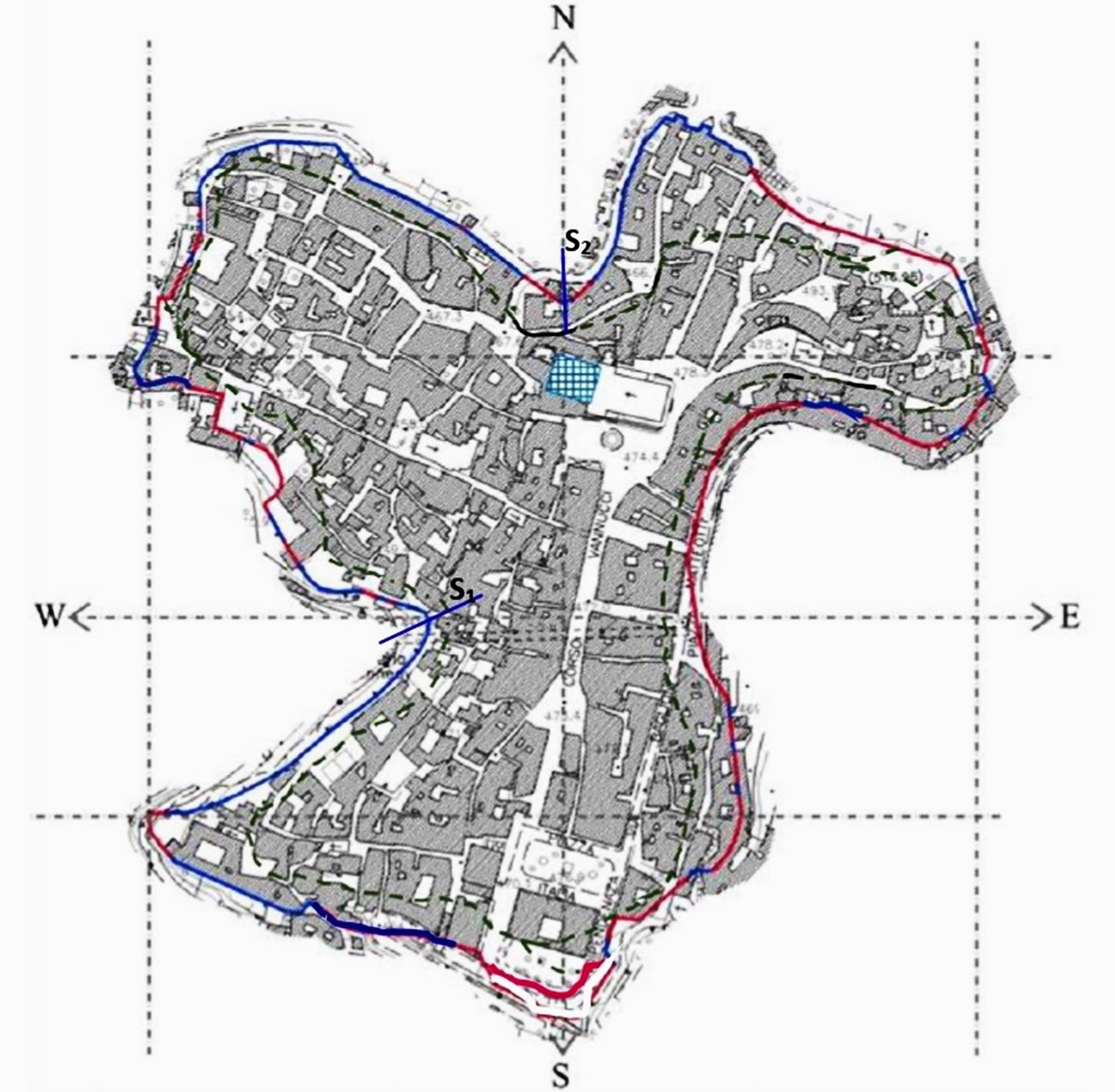By Federico Donti
On 10 October, in the prestigious venue of Palazzo Trinci in Foligno (PG), the Italian Federation of Associations and Clubs for UNESCO held the award ceremony of the Competition open to all European UNESCO associations and clubs, relating to the theme “The Factory in the Landscape 2024” to enhance building, renovation and restoration initiatives that harmonize with the environment, from a naturalistic point of view, but also from a social and cultural point of view.
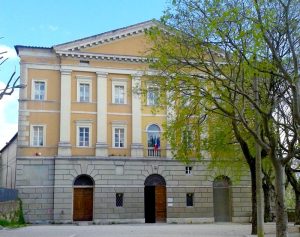
The Monumental Complex of S. Anna participated thanks to the initiative of the Dean M. Antonietta Gargiulo, President of the Club for Unesco of Perugia-Gubbio-Alta Umbria, who proposed it as a candidate site, together with the Dean Marcello Rinaldi, President of the S. Anna Cultural Foundation; The Complex has brilliantly obtained the note of MERIT with the motivation “For the constant and decisive commitment to the defence of the landscape and the sustainable use of the territory”.
The award, in defining the Complex of S. Anna as an “example of constant commitment to the defence of the landscape”, clearly refers to its well-known history, which sees it used since the Middle Ages for humanitarian and educational cultural activities, with the hospitality of orphans, with worship and teaching, but also refers to its most ancient history. In fact, with the recent consolidation works, the remains of an Etruscan temple have come to light, with adjoining curative thermal activity that have highlighted the ancient naturalistic vocation, the genius loci of the site: the first “Etruscan” factory that characterized its use over time linked to the care of the spirit.
In the same Award Ceremony, a significant prize was awarded to the Complex of the Hermitage of Pale, near Foligno, which has recently undergone a major restoration; it is a known fact that Mount Pale, being at exactly the same latitude as Populonia, the Etruscan city of Fuflona, is located on the decumanus maximus of Etruria, that is, along the line of maximum extension in the E-W direction, the sacred line of the Etruscans.

It was the sacredness of this line that led the Etruscans to shape the tip of the mountain like a temple, making it visible and distinguishable to travellers; it was certainly the Etruscans who built the small “factory”, probably a small temple that for years was later the home of hermits.
It is necessary to note that after the expansion to the east of Tuscia, with the territory that from the Chiana reached the Tiber, an intervention to which historians such as Herodotus and Dionysius of Halicarnassus refer, the decumanus maximus moved north, exactly where the Etruscans wanted to found Perugia, on the new decumanus maximus that connects S. Vincenzo in the Tyrrhenian Sea with the city of Perugia.
Unaware of having honoured the two sacred lines of the Etruscans with special prizes, the Examining Commission of the Applications of the Competition “The Factory in the Landscape 2024”, has made it possible to highlight two relevant emergencies of the Etruscan civilization that testify to an important phase of it, which took place in the second half of the second millennium BC, with the extension of the territory of Tuscia, following the donation made by his Pelasgian friends to the Etruscans.
The Commission, in awarding the two prizes of the Factory in the Landscape, respectively to the Monumental Complex of S. Anna in Perugia and to the Hermitage of Pale, rewarded the Etruscan naturalism so alive and powerful that it resists over three thousand years of different cultures that have modified the factory, but not its soul, that is, the genius of the place.
It is an honour, for the whole of Umbria, to have received these prestigious honours, and for Perugia it is an incentive to continue the path in the project “Perugia Etrusca World Heritage Site” which focuses on the history of the city, of which the factory of S. Anna is only a small part.
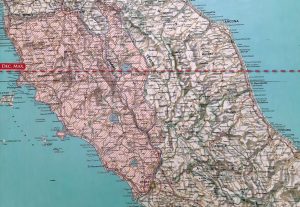
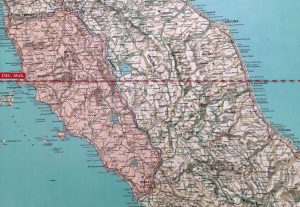
We went to the UNESCO headquarters of the Club for Unesco of Perugia in the Complex of Sant’Anna to meet Principal Gargiulo to whom we congratulated on behalf of the editorial staff for the result achieved; Avoiding pleasantries, the headmistress interrupts us with serene calmness: “You journalists could be the pivot of a cultural operation that is destined to establish itself and it is up to your newspapers to understand its importance, even if there are no economic sponsors who support it. The objectives that the Committee intends to achieve are winning because they are based on the reality of the values of the ancient city of Perugia, which our project intends to bring back to light and in vogue. In concrete terms: we have sent the letter to the Councillor for Culture Pierini with which the institutional phase of the Project officially kicks off. For our Committee, the commitment that involves us most begins: if we want Perugia to be recognized as a World Heritage Site, we must ourselves become a cultural group capable of growing the city’s homogeneous and compact cultural community. From creators of the project we must become protagonists.
Our 16 Associations united in sharing the Statute of the Committee, have taken the first important step, but to achieve the goal we must be convinced that our city has values that deserve recognition and this can only happen through knowledge of the facts, that is, of the real history of the city. Only then will we be able to evaluate what the actual merits are, otherwise ours would be just a marketing operation, worthless and with little hope of success.
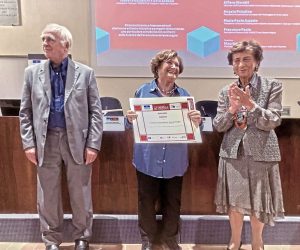
In the document sent to the Councilor it is explicitly written that Perugia is not yet a cultural community, just as our Committee is not yet preparing to acquire greater awareness through the actions that we are going to plan; they will follow the criteria defined by UNESCO to be included in the World Heritage list, which we report below, and which Perugia in our opinion fulfills:
- To be a masterpiece of human genius: the Etruscan city of Perugia, called the “City of Heaven” for its Etruscan astronomical references, is so, as an expression of the genius of the Etruscan civilization;
- To be a testimony of a strong interchange of human values;
III. To be an exceptional testimony of a living or disappeared civilization;
- Constitute an extraordinary example of a building type or architectural ensemble;
- Be an outstanding example of an urban traditional settlement;
- Be a direct or indirect reference to values of universal exceptional significance;
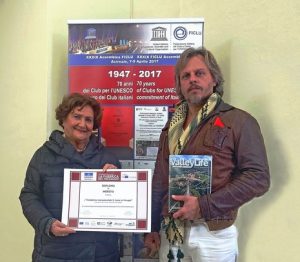
For now we intend to dwell on criterion n° 1, that is, “that Etruscan Perugia is a Masterpiece of Human Genius”. We have invited all the associations that intend to intervene on the subject, even with advice or ideas, to forward to our secretariat a memorandum that we would like to take place next December (on the 10th) entitled “The city of Etruscan Perugia Masterpiece of Human Genius” in the light of the first UNESCO criterion. Before the conference, an Assembly will be convened for next 16 which will have to examine the proposals received and, if necessary, other preparatory assemblies will be held for the conference on 10 December”.
The conference will be very important because it will be aimed at involving both the command bodies of our city and the population and the members of the committee themselves in various ways: “We also trust your magazine to understand its importance and we hope for your active participation in the conference.”
The conversation was very interesting, even if was rather one-way. It allowed me to deepen my knowledge of the Etruscans and antiquity, as well as to meet an exceptional woman.
